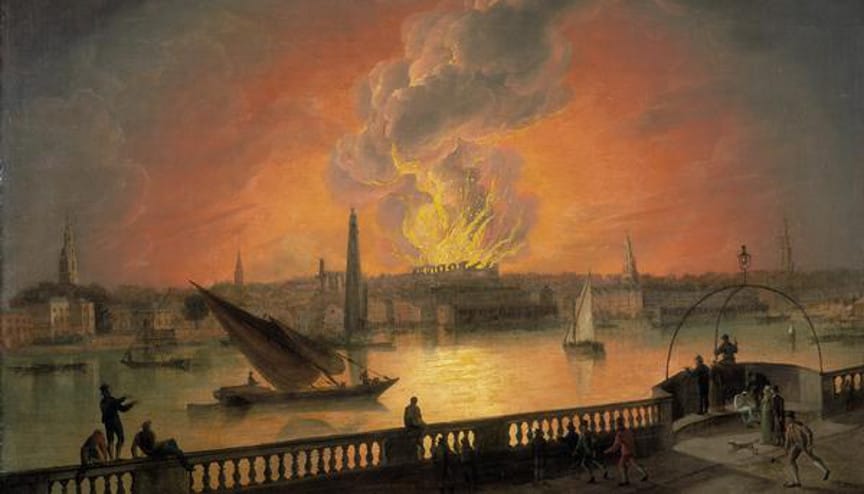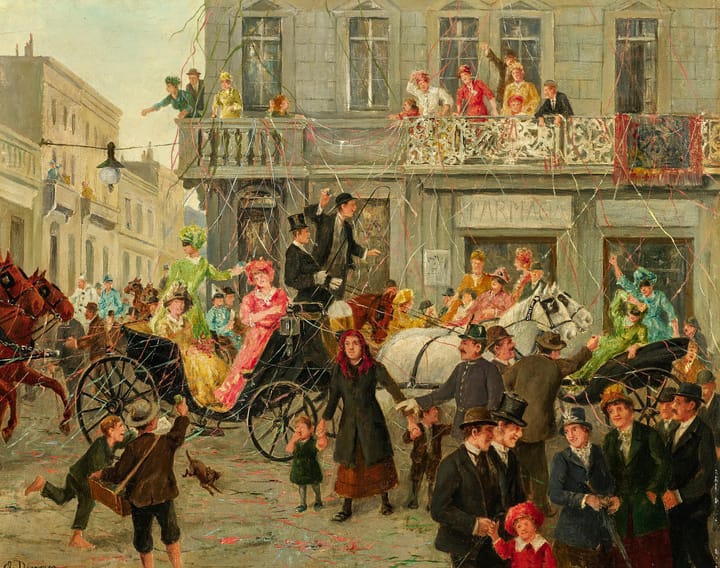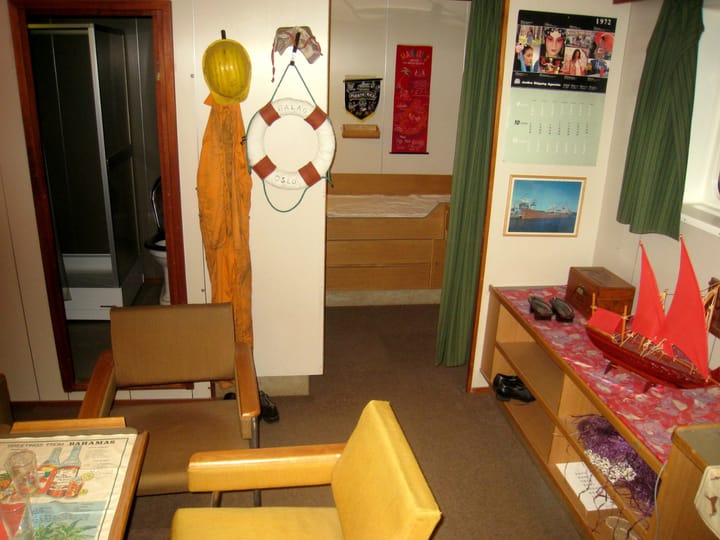The fiery curtain call: The Theatre Royal Drury Lane fire of 1809.
"May a man not be allowed to drink a glass of wine by his own fireside?"

In the Covent Garden section of London stands to this day one of the great institutions of England’s dramatic and literary history: the Theatre Royal, Drury Lane. The building that stands there now was constructed in 1812, and definitely looks it, but it’s the fourth theater to occupy this site since the 17th century. Two hundred and sixteen years ago this week, on February 24, 1809, the third version of the Theatre Royal—then one of the largest theaters ever built, and an institution in British society—burned to the ground. Though no one (apparently) was hurt, the grand old theater itself was completely destroyed, despite considerable attention having been given to “fireproofing” it during its original construction. The Royal’s fiery curtain call has had an interesting resonance through the history and folklore of the British drama world. I recently had occasion to dip a toe into the history of the London theater scene, although in a much later era, while making my “1981: Britain’s Awful Year” video.
The Theatre Royal had an illustrious history long before 1809. In 1660, when Charles II ascended to the restored throne of England after the Civil Wars and the Puritan interregnum of Oliver Cromwell, the new king, who loved fun and leisure, ended the British crown’s traditional hostility to drama and theater and issued charters for some new playhouses in London which had previously been closed down. One of these, the Theatre Royal, was completed in 1663. The King himself sometimes attended performances there and the playhouse, which could seat 700, is mentioned in Samuel Pepys’s famous diaries. Miraculously the Theatre Royal survived the Great Fire of London in 1666 but itself burned down six years later. A new theater, even larger and grander, was built in 1674 and attained legendary status over the next century as the heart of London’s revived world of drama. When this old building was finally torn down in 1791, plans were made to rebuild it in its grandest and most audacious incarnation yet.


